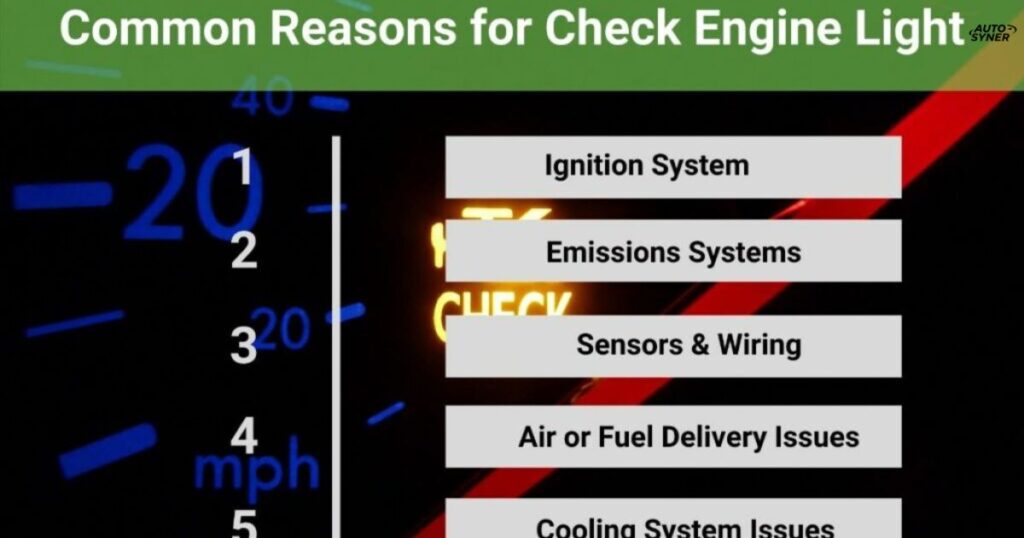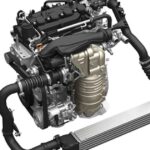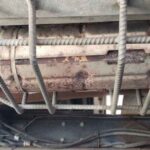Published on October 17, 2024
Imagine cruising down the highway when suddenly, your car’s dashboard lights up with the dreaded check engine light. Your heart sinks as you wonder what could be wrong and how much it might cost to fix. This scenario is all too common for drivers, causing stress and uncertainty about their vehicle’s health.
The check engine light can signal a range of issues, from minor hiccups to major malfunctions. Understanding the most frequent culprits behind this warning can save you time, money, and anxiety.
In this comprehensive guide, we’ll unravel the mystery behind the check engine light, exploring its causes and providing practical solutions to keep your vehicle running smoothly.
Understanding the Check Engine Light
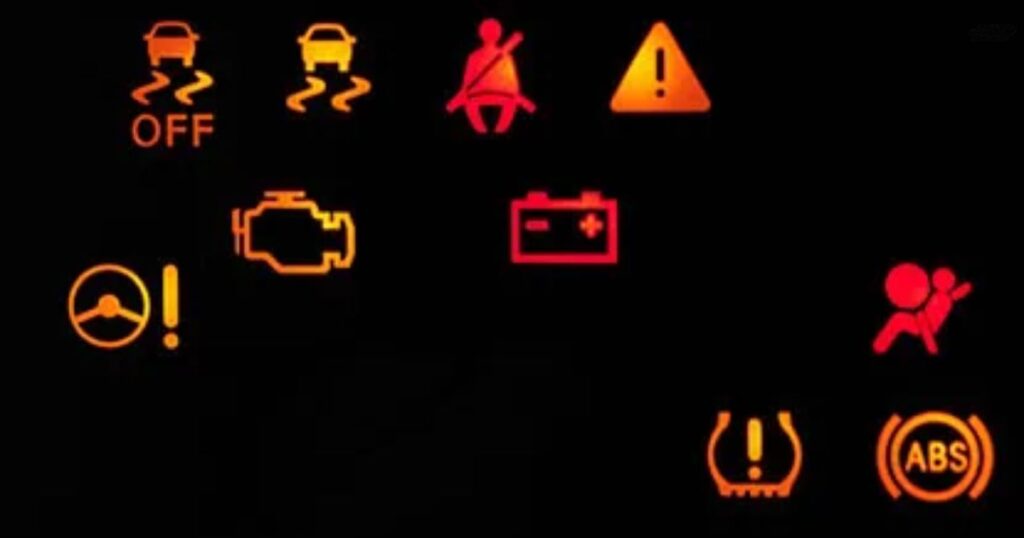
What is a check engine light?
The check engine light is a crucial component of your vehicle’s onboard diagnostics system. It serves as an early warning system, alerting drivers to potential issues that could affect engine performance or emissions. Modern vehicles are equipped with sophisticated sensors that constantly monitor various systems, triggering the light when something isn’t functioning as it should.
When does the check engine light come on?
The check engine light can illuminate for numerous reasons, ranging from simple to complex. It may appear as a steady glow or a flashing light, depending on the severity of the issue. A steady light typically indicates a problem that requires attention but isn’t immediately critical. A flashing light, however, signals a more urgent situation that demands immediate action to prevent engine damage.
The importance of addressing check engine light issues
Ignoring the check engine light can lead to more severe problems down the road. What starts as a minor issue could escalate into a major repair if left unattended. Prompt attention to this warning sign can prevent costly repairs, improve fuel efficiency, and extend the life of your vehicle. Regular vehicle maintenance is key to avoiding unexpected breakdowns and ensuring optimal performance.
Most Common Reason for Check Engine Light?
Overview of common causes
While the check engine light can indicate various issues, some are more frequent than others. Understanding these common causes can help you diagnose and address problems quickly. According to a 2023 study by the National Auto Research Institute, the top reasons for check engine light activation include gas cap issues, oxygen sensor failures, and spark plug problems.
The #1 reason: Loose or faulty gas cap
Surprisingly, the most common reason for the check engine light to come on is often the simplest to fix: a loose or faulty gas cap. This small component plays a crucial role in maintaining the pressure in your fuel system and preventing fuel vapors from escaping. A loose gas cap can trigger the check engine light by causing the fuel system to lose pressure, leading to increased emissions and decreased fuel efficiency.
To address this issue, start by tightening your gas cap. If the light persists, inspect the cap for cracks or damage. Replacing a worn gas cap is an inexpensive fix that can resolve many check engine light scenarios. Always ensure your gas cap is tightened properly after refueling to prevent this common problem.
Other Common Reasons for Check Engine Light Illumination
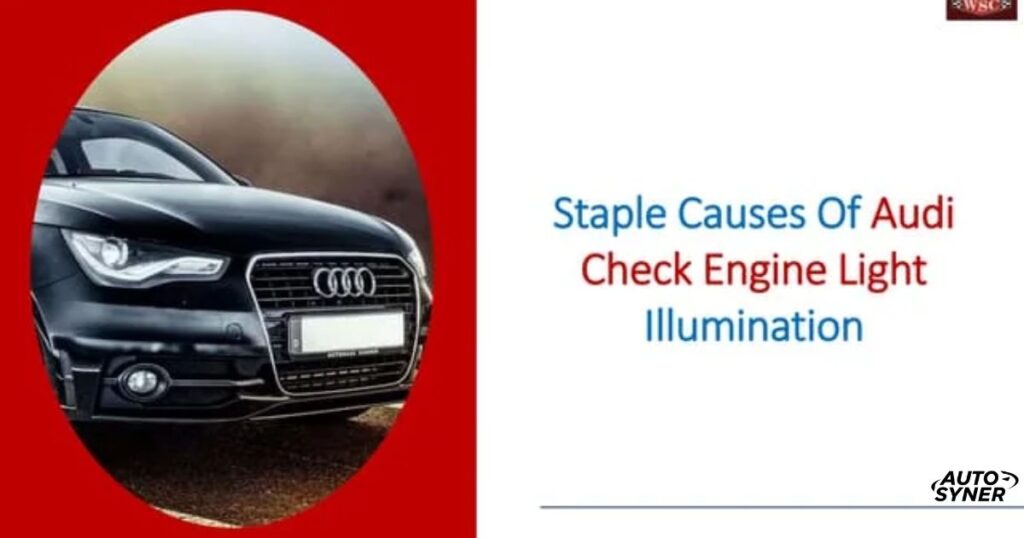
Oxygen sensor malfunction
The oxygen sensor plays a vital role in monitoring the amount of unburned oxygen in your vehicle’s exhaust system. When it fails, it can cause your engine to run less efficiently, increasing fuel consumption and emissions. A malfunctioning oxygen sensor is one of the leading causes of check engine light activation.
Symptoms of a failing oxygen sensor include decreased fuel economy, rough idling, and failed emissions tests. Regular maintenance and timely replacement of oxygen sensors can prevent these issues and keep your vehicle diagnostics system happy.
Faulty spark plugs
Spark plugs are essential for igniting the fuel in your engine’s combustion chamber. Over time, they can wear out or become fouled, leading to misfires and reduced engine performance. Faulty spark plugs are a common trigger for the check engine light.
Regular inspection and replacement of spark plugs as part of your car maintenance routine can prevent many engine performance problems. Most manufacturers recommend replacing spark plugs every 30,000 to 100,000 miles, depending on the vehicle model and type of spark plugs used.
Catalytic converter problems
The catalytic converter is crucial for reducing harmful emissions from your vehicle. When it fails, it can trigger the check engine light and cause a significant drop in engine performance. Catalytic converter problems often result from neglecting other maintenance issues, such as faulty oxygen sensors or spark plugs.
Symptoms of a failing catalytic converter include reduced acceleration, increased exhaust emissions, and decreased fuel efficiency. Addressing this issue promptly is essential, as a damaged catalytic converter can lead to costly repairs and emissions test failure.
Issues with aftermarket alarms
Surprisingly, aftermarket alarm failure can also trigger the check engine light. Improperly installed aftermarket alarms can interfere with your vehicle’s electrical system, causing various issues that may activate the warning light.
If you’ve recently had an aftermarket alarm installed and your check engine light comes on, it’s worth having the installation checked by a professional. Ensuring proper integration of aftermarket components can prevent unnecessary vehicle diagnostics headaches.
Diagnosing Check Engine Light Issues
DIY diagnostics
For the mechanically inclined, DIY diagnostics can be a cost-effective way to address check engine light issues. OBD-II scanners, available at most auto parts stores, can read error codes from your vehicle’s computer. These codes provide valuable information about the nature of the problem, helping you decide whether it’s a simple fix or if professional help is needed.
Professional diagnostic services
When DIY methods fall short, professional vehicle diagnostics services can provide a more comprehensive analysis. Auto repair services use advanced diagnostic tools to pinpoint the exact cause of the check engine light activation. While this option may cost more upfront, it can save you money in the long run by accurately identifying and addressing the root cause of the problem.
Preventing Check Engine Light Issues
Regular maintenance tips
Preventive maintenance is key to avoiding check engine light issues. Following your vehicle manufacturer’s recommended maintenance schedule can catch potential problems before they trigger warning lights. Regular oil changes, air filter replacements, and inspections of belts and hoses are simple yet effective ways to keep your vehicle running smoothly.
Read This Blog: How to Reduce Your Car’s Emissions for an MOT: A Comprehensive Guide
Driving habits that can trigger the check engine light
Your driving habits can significantly impact your vehicle’s health. Aggressive driving, frequent short trips, and using the wrong type of fuel can all contribute to engine performance problems and trigger the check engine light. Adopting smooth, consistent driving habits and using the recommended fuel grade for your vehicle can help prevent unnecessary wear and tear.
When to Seek Immediate Attention
Flashing check engine light
A flashing check engine light demands immediate attention. This urgent warning indicates a severe problem that could cause significant damage to your engine if not addressed promptly. Common causes of a flashing light include severe misfires that can quickly overheat and damage the catalytic converter.
Accompanying symptoms requiring urgent care
Certain symptoms, when paired with the check engine light, warrant immediate attention. Unusual noises, vibrations, loss of power, or smoke from the exhaust are signs that your vehicle needs urgent care. Ignoring these symptoms can lead to extensive damage and costly repairs.
Also Read This Blog: E5 versus e10 petrol: how does it affect my car: Understanding the Impact on Your Ca
The Cost of Ignoring the Check Engine Light
Short-term consequences
Ignoring the check engine light can lead to decreased fuel efficiency, poor vehicle performance, and potential emissions test failure. These issues not only affect your daily driving experience but can also hit your wallet through increased fuel costs and potential fines for failing emissions tests.
Long-term ramifications
The long-term consequences of neglecting check engine light warnings can be severe. Minor issues can escalate into major problems, leading to expensive repairs or even engine failure. Additionally, a history of unresolved issues can significantly decrease your vehicle’s resale value.
Debunking Check Engine Light Myths
Common misconceptions
Many drivers hold misconceptions about the check engine light, often leading to delayed or improper responses. One common myth is that the light will go away on its own if ignored. In reality, while the light may temporarily turn off, the underlying issue remains unresolved and can worsen over time.
The truth about check engine light severity
The severity of check engine light issues varies widely. While some causes are minor, others can indicate serious problems that require immediate attention. Understanding that the light is a diagnostic tool, not just an annoyance, is crucial for maintaining your vehicle’s health and performance.
Technological Advancements in Vehicle Diagnostics
Modern diagnostic tools
Advancements in technology have revolutionized vehicle diagnostics. Modern OBD-II systems provide more detailed information about your vehicle’s health than ever before. Smartphone apps and Bluetooth-enabled scanners now allow drivers to monitor their vehicle’s performance in real-time, providing early warnings of potential issues.
How AI is changing vehicle maintenance
Artificial Intelligence is transforming the automotive industry, including vehicle maintenance. Predictive maintenance systems use AI to analyze data from various sensors, predicting potential failures before they occur. This technology promises to reduce unexpected breakdowns and make vehicle repair shop visits more efficient and targeted.
Frequently Asked Question
What is the most common reason for the check engine light to come on?
The most common reason is a loose or faulty gas cap, which can easily be fixed by tightening or replacing the cap.
Can I drive with the check engine light on?
While you can drive with a steady light, it’s best to have it checked soon. A flashing light requires immediate attention.
How much does it cost to diagnose a check engine light?
Costs vary, but many auto parts stores offer free code readings. Professional diagnostics typically range from $50 to $150.
Will the check engine light reset itself?
The light may turn off if the issue resolves, but the underlying problem may persist. It’s best to address the cause.
Can low oil cause the check engine light to come on?
While not directly, low oil can cause engine problems that trigger the light. Always maintain proper oil levels.
Conclusion
Understanding what is the most common reason for check engine light activation empowers you to maintain your vehicle effectively. From simple gas cap issues to more complex engine performance problems, being aware of these common causes can save you time, money, and stress.
Remember, the check engine light is your vehicle’s way of communicating potential issues. By addressing these warnings promptly and maintaining regular car maintenance, you can ensure your vehicle runs smoothly and efficiently for years to come.
Don’t ignore that illuminated dashboard warning – it could be the key to preventing major repairs and keeping your car on the road.

